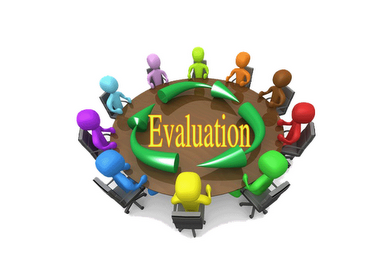How funders can help build evaluation capacity in a non-profit
Castillo, I. (2017, September 19). Building evaluation capacity within a nonprofit – How funders can help (and not cause Trouble). Venture Philanthropy Partners. http://www.vppartners.org/blog-post/building-evaluation-capacity-within-a-nonprofit-how-funders-can-help-and-not-cause-trouble/
Summarized by Ariel Ervin
Notes of Interest:
- Metrics are a valuable asset for funders and non-profits. By having numbers to back up findings, they are able to demonstrate the impact their organizations are having on people, influence decision-makers, and strengthen their credibility.
- This article discusses how funders can improve things so that the non-profits have the necessary resources and support to conduct high-quality, meticulous evaluations.
- It also introduces a non-profit evaluation rubric that a) estimates a non-profit’s existing evaluation capacity and b) ascertains if evaluation capacity improves over time.
- Unfortunately, many small and new(er) non-profit organizations align with the lower end of the non-profit evaluation rubric since they gather little to no data on participants. This is further evident given the fact that the people in charge often times are responsible for a variety of other tasks.
- Moderate-rated non-profits collect data on dosage/outputs on a regular basis to evaluate whether participant outcomes are improving. This is primarily conducted by an individual who’s either a full-time staff member or a senior person.
- Advanced-rated non-profits require a lot of resource commitment. They need to have enough data to demonstrate that their programming (and not others) improved participant outcomes. Multiple full-time staff members are needed to conduct rigorous and formal evaluations. Alternatively, a senior member might be in charge of this task if they work on it full-time.
- For non-profits that want to increase their evaluation capacities, they need to think about a) the resources they’ll need to pinpoint and gather data on dosage & outcome and b) the efforts funder staff members need to make to manage the process.
- It takes a long time for non-profits to make notable improvements to their evaluation capacities.
Excerpt (Reprinted from the article)
The value of metrics in social change is undeniable. As funders and nonprofits, we understand that the best way to showcase the positive difference our work makes, reinforce our credibility, and influence decision makers is to back up our words with data. We must identify the number of people our efforts are reaching, how our efforts lead to positive outcomes for them and how we can improve our approach.
Measurement and evaluation has become ingrained in our work over the years, and we – as a field – have gotten much smarter about what to measure and how to measure it. As funders, we now have basic expectations that the organizations we invest in will track their progress over time – so we have a baseline at the beginning of any investment and clear milestones along the way toward reaching concrete and defined outcomes.
In the funder community, we can improve even more by making sure that the nonprofits we support have the resources and capacity required to conduct the rigorous high-quality evaluation the social change sector demands. When thinking about nonprofit evaluation capacity building, most funders and grantees agree that it is important, but many have no idea where or how to start. Frequently, there is a disconnect between what the funder and nonprofit want to achieve – all because we lack a clear and simple way to talk about what is ‘low’ or ‘high’ evaluation capacity for nonprofits.
To access this article, click here.










